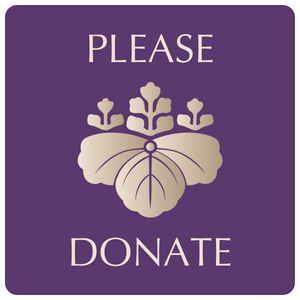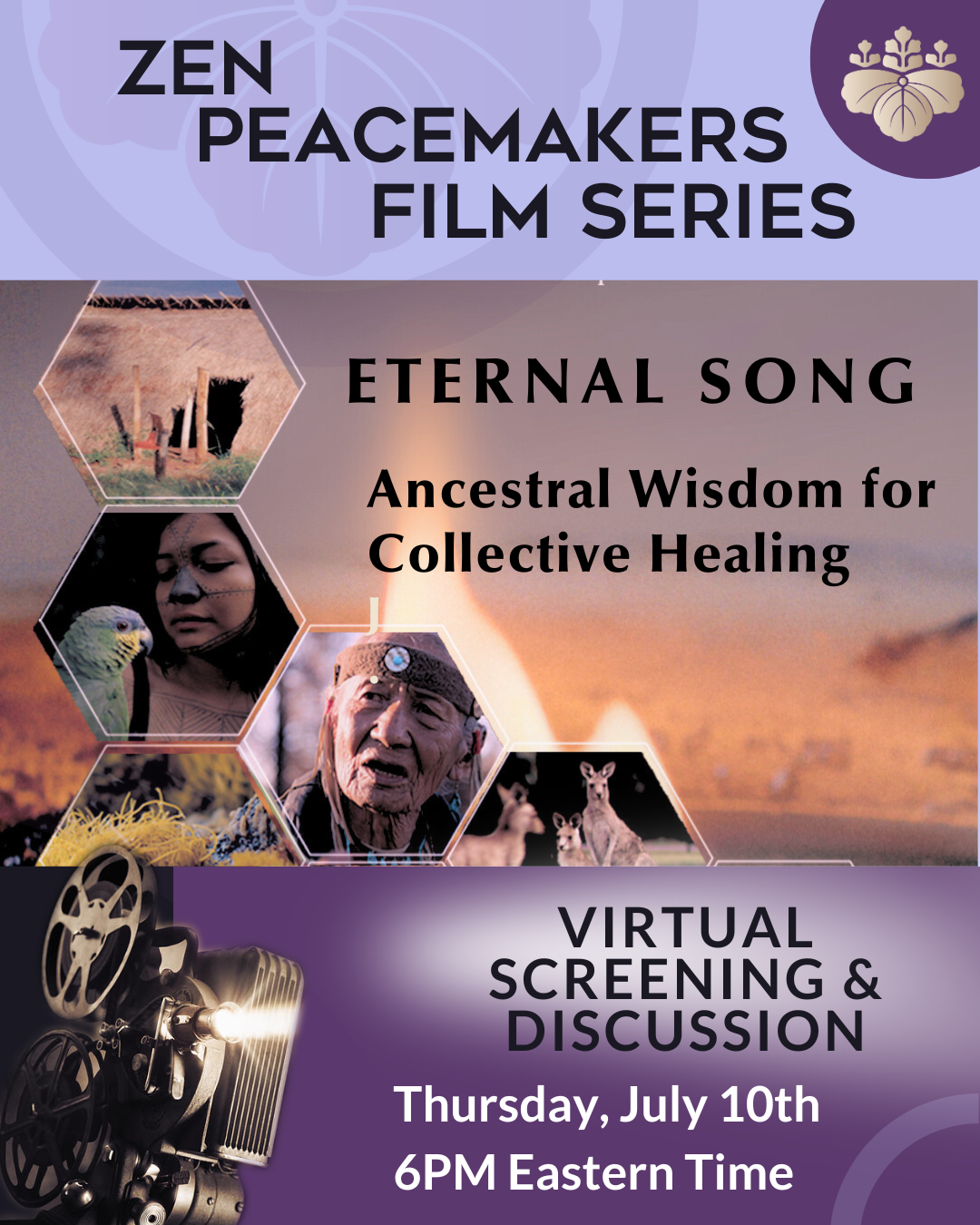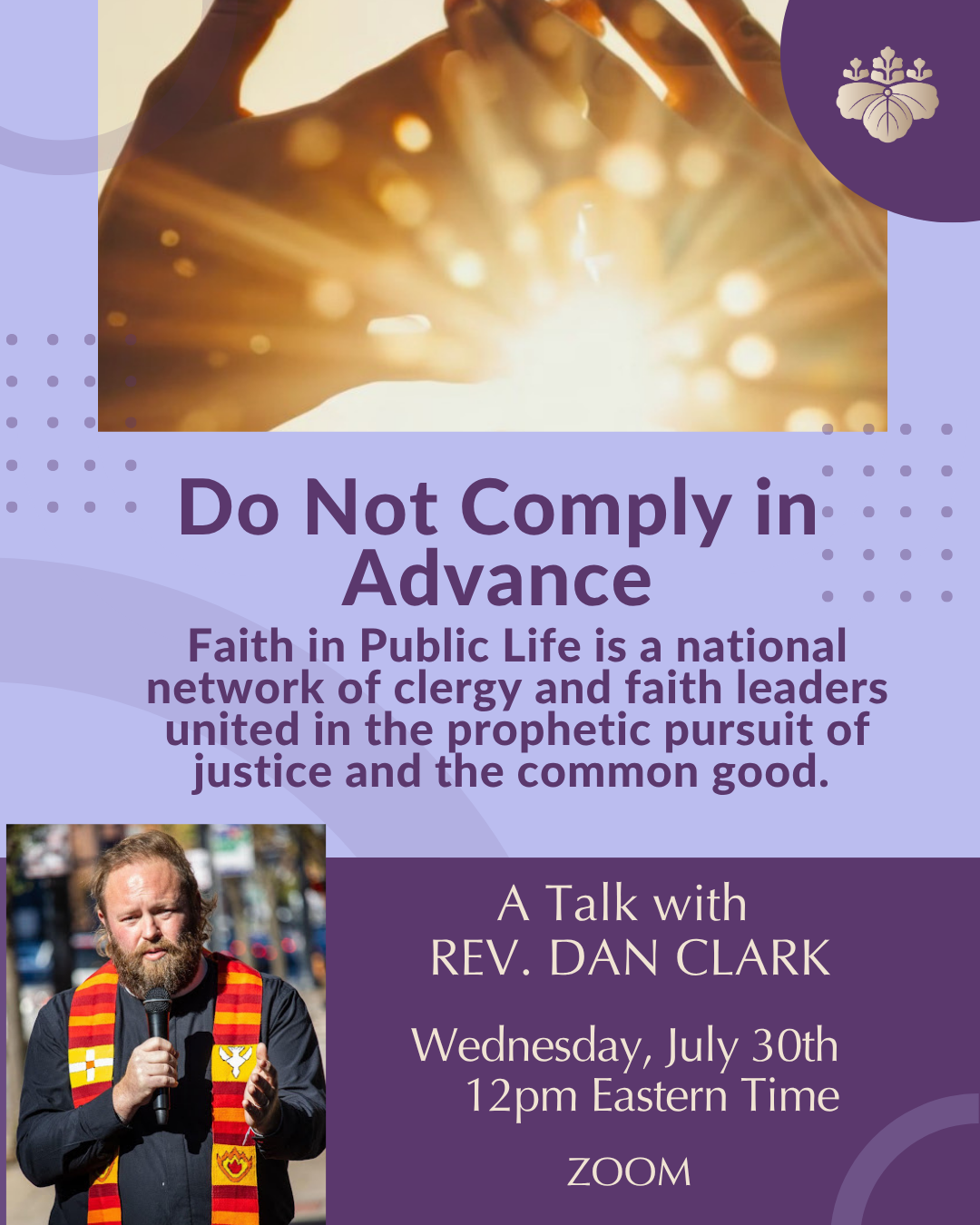Last week I wrote about the various streams of study and practice that have gone into the White Plum lineage through its founder, Taizan Hakuyu Maezumi Roshi, adding up to an unusually rich mix of teachings. At the end of that posting I said that each of us in the family of teachers has added his/her own practices and methodologies as well. Below I want to talk a little more about the ingredients in my own Zen practice, what brought me to study with Maezumi Roshi, what caused me to finally separate from Soto Sect, in short: how the personal koans of my own life affected the teachings I wished to transmit to future generations.
1966-1975: Formative Years of Zen Practice
 In my early days of Zen practice with Maezumi Roshi, we were meeting regularly and talking about meditation, Zen texts, and appreciating our life as the Dharma. That’s what I wanted. I didn’t know anything about Japanese Zen, most of my readings were of the Chinese masters and hermits, not of Japanese temple priests. I was most interested in a communal life and in experiencing the interconnectedness of life, not in a religious institution. In the years since, I have learnt much about institutions, including the Japanese Soto Zen School. In the early days there weren’t very many people at the Zen Center of Los Angeles (ZCLA). I’d go to sit every morning and often it would just be Maezumi Sensei, myself, and maybe a few other people. But in the 1970’s the number of practitioners began to grow.
In my early days of Zen practice with Maezumi Roshi, we were meeting regularly and talking about meditation, Zen texts, and appreciating our life as the Dharma. That’s what I wanted. I didn’t know anything about Japanese Zen, most of my readings were of the Chinese masters and hermits, not of Japanese temple priests. I was most interested in a communal life and in experiencing the interconnectedness of life, not in a religious institution. In the years since, I have learnt much about institutions, including the Japanese Soto Zen School. In the early days there weren’t very many people at the Zen Center of Los Angeles (ZCLA). I’d go to sit every morning and often it would just be Maezumi Sensei, myself, and maybe a few other people. But in the 1970’s the number of practitioners began to grow.
Maezumi Sensei already had Dharma Transmission in the Soto lineage via his father (that was done at a very early age, before he came to the US), which is common in Japan. Until he finished koan study with Koryu Roshi and Yasutani Roshi, he would not do koan study with people; instead he would talk about meditation, Zen texts and life. When I started to study with him in 1966, he was not introducing any of the Soto liturgies. What we now take for granted as Soto Zen liturgy was introduced to us during my ango (three month training period), which was in 1973. That was the first time we heard about oryoki or doing liturgical services, and Maezumi Sensei actually brought his brother, Junyu Kuroda Sensei, from Japan to train me in that.
I also accompanied Maezumi Sensei to Japan each year for 4-5 weeks, where he visited various temples, monasteries and the Soto Sect Headquarters, Shumucho. Thus, I learned about the various liturgies and procedures used in the temples and monasteries of the Soto School. I also met many Zen teachers and priests and got involved in the intricacies of Shumucho.
1975-1980: Decision to Enlarge Venue of Zen Practice
During this period, I was Maezumi Roshi’s right hand man. In addition to finishing my formal studies with him, I was giving Dharma talks and doing private studies with other students. I was instrumental in obtaining properties and organizing businesses. By the time I left to start my own Zen center in New York, ZCLA had properties on half the block, a publishing company, a construction company and a health clinic.
I finished my koan studies with Maezumi Roshi in 1974 and spent the next year working with him on the translations of Dharma Transmission documents within the Soto School.
In 1976, I had an experience that changed my venue of study and teaching from a Zen center to society. I experienced the dissatisfactions of the hungry ghosts, realized that these hungry ghosts were none other than me and vowed to serve them. This meant I had to find upayas (expedient means) in all of society, not only those I had studied and practiced so far. This caused a major shift in my Zen practice as I decided to work not only in the Zen meditation hall or Zen temple, but to bring Zen to as many parts of society as I could.
In 1978, I decided to visit parents of students living at the Zen Center of Los Angeles because we heard too many stories of students’ families suspecting that their children were involved in a cult. Dennis Genpo Merzel and Paul Genki Kahn accompanied me on this 5-week journey through the United States. While in New York, I was on a 5-hour radio show, In the Spirit, hosted by Lex Hixon. During that show, he invited people to show their interest in my coming back to NY to start a Zen group by coming to hear me talk at his house. This became the direct cause of my moving back to NY with my family to start the Zen Community of New York. Peter Matthiessen and Fr. Robert Kennedy were studying with Maezumi Roshi in LA, and they became two of our founding members at the Center in NY.
In December 1979, my family and I moved to New York to found the Zen Community of New York. Several families moved with us to serve and study at the new ZCNY, including John Daido Loori and his family and Paul Genki Kahn and his wife, Jocelyn. From the beginning I wanted to develop a community based on the five Buddha Families (Spirituality, Livelihood, Social Action, Study and Relationships.)
1980-1982: Beginning of Zen Community of New York
In 1980 we purchased a large facility, called Greyston, in Riverdale, NY and had a residency program (30 residents), sat zazen daily, studied Zen texts, koans, the five Buddha families and interfaith texts. Rabbi Don Singer lived there and we had a very active inter-faith program. So our first practices were in the Spiritual and Study Buddha families.
I next wanted to create a livelihood training space for Zen students, I call it work-practice. I made a list of criteria that the livelihood should have. The list included: can accept workers with no experience, has the potential to support the Zen center, produces high quality products, and has the potential to be a socially responsible business. Several of our Zen students were wonderful cooks and bakers. There also was a bakery owned by a sister Zen group, San Francisco Zen Center, which was willing to train us. After 9 months of discussion around the question of “What livelihood should we enter?” we decided on a bakery.
1983-1994: The Greyston Years
In 1983, we started baking at our residence, Greyston, in Riverdale and sold to major department stores (e.g., Nieman Markus, Bloomingdales, etc.) to create a work-practice for our Zen students and to generate income.
At the same time, I became increasingly aware of the needs of the low-income community in neighboring Yonkers, a city that borders the Bronx and contains the largest concentration of poverty in affluent Westchester County.
We moved our Bakery to southwest Yonkers in 1984 and called it the Greyston Bakery. We had a wholesale bakery and a retail store. We became the bakery for Godiva, for several of Macy’s bakeries, for major restaurants and department stores. Our staff consisted of the Zen students living in the Zen Community of New York, in Riverdale (a prestigious part of the Bronx).
In 1987 I decided to move from Riverdale to the neighborhood of our bakery in Yonkers so as to be part of the local community. We also started to provide jobs for the local population and developed an open hiring policy. This meant we hired folks on a first-come basis, no background checks (i.e., prison history, drug history, etc.).
Out of this hiring policy a new and larger organization arose, with a new and larger mission. I founded the Greyston Mandala to develop and provide holistic, comprehensive services to the low-income community of Yonkers, and this rapidly became one of the most successful examples of social enterprise in the United States. Today, Greyston serves over 2,200 community members annually.
Greyston is modeled on two central principles from Buddhism and the Three Tenets of the Zen Peacemakers. The first principle is Mandala, a symbolic representation of the interconnectedness of all life with its division into Five Buddha families. The second principle is Path, the idea that all healthy living systems, whether individuals or communities, evolve along a developmental path with distinct stages.
The Greyston Mandala is an innovative, integrated set of non-profit and for-profit entities, with a spiritual foundation, serving underserved populations in southern Westchester County, New York. Greyston’s approach joins community development with personal growth. The Sanskrit word mandala, meaning circle, indicates that Greyston’s services address the needs of the whole community and of the whole person within it. Greyston aims to create a healthy, vibrant and diverse community in which its clients, residents and staff are supported on paths to self-sufficiency. Greyston’s integrated network provides jobs, workforce development, low-income housing, supportive services, childcare, after-school programs, comprehensive HIV health care and housing, community gardens and a bakery that supplies the ice cream industry with brownie chips.
Greyston’s unique community development approach is based on “PathMaking,” a program that recognizes that individuals and communities evolve over time, and that the different aspects of the mandala – spirit, livelihood, social action, study and relationship – are linked in their development.
In April 1991, I decided to do a street retreat. Since I was heavily involved with working with populations that were homeless or impoverished, I wanted to bear witness to living in the streets. Around 20 of us did a seven-day street retreat in the Bowery of New York. Many of the retreatants were long-term Buddhist practitioners; some had never meditated and knew very little about Buddhism. All the retreatants had strong experiences of the interconnectedness of life and of living in the present. Street retreats became one of the cornerstones of my next stage of practice, which began in 1995 with the founding of Zen Peacemakers.
In January 1994, for my 55th birthday, I decided to do a street retreat on the steps of the capital in Washington D.C. and work on the question, “What should I do next in the area of poverty, rejection and AIDS?” As a result of that retreat, I decided to form a container for those that are interested in Zen practice and in social engagement. But I was still working hard in Greyston (we’d just begun work on developing a new housing and treatment center for people with HIV/AIDS) and didn’t have the time to develop this new container, though I gave it a lot of thought.
In 1995, Maezumi Roshi passed away. Shortly before that he gave me Inka (final seal of approval.) I was now the Abbot of the Zen Community of New York, of the Zen Center of Los Angeles and of the Zen Mountain Center. I spent that year travelling between Japan, Los Angeles and New York. But my mind was elsewhere.
One month before Maezumi Roshi died, various Soto teachers came together in the San Francisco Zen Center training center, Green Gulch, to train in various Japanese Soto Zen methods and to develop an American Soto Group (SZBA). I was elected President of this new group. Maezumi Roshi was slated to become the Soto Sect’s next bishop in the US. I remember clearly that in the end of the training, we formed a line to approach him, one by one, and gassho in gratitude for the training. When it was my turn and I gasshoed to him, I had the strong sense of bidding goodbye to the Soto Sect, feeling that I had no interest any longer in its forms and institutions. This was ironic given Roshi’s impending appointment as Soto Bishop in North America and my own election to represent American Soto Zen teachers.
By 1996 my path became clearer. My wife, Sandra Jishu Holmes, and I decided to found the Zen Peacemakers together. I resigned as President of Greyston and Chuck Lief took on this position. I set about a process to select new Abbots for the Zen Center of Los Angeles and for the Zen Mountain Center. I resigned as President of the newly formed SZBA (Mel Sojun Weitsman was elected to this position) and, together with Jishu, began my work on the Zen Peacemakers.




I am particularly interested in the Zen Peacemakers due to their compassionate role in activism for the poor and less fortunate in our society.